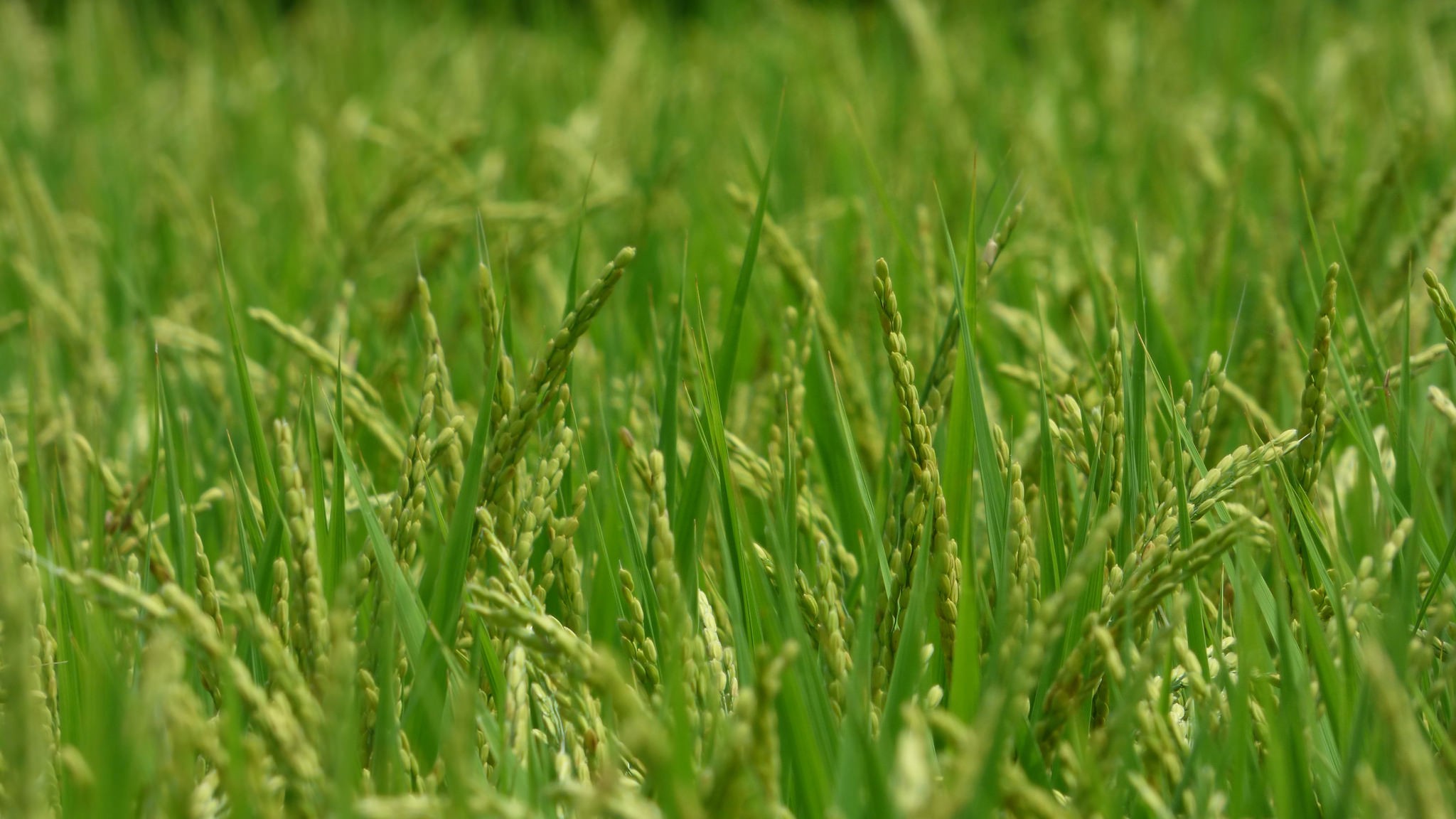

Plants absorb nutrients from the dirt around their roots, which is why growers–those from farmers to window-gardeners–aim for soil rich in things like nitrogen, phosphorus, and manganese. But if that dirt is chock-full of poison, many plants will suck that up, too.
Rice crops are particularly fond of arsenic. But when the heavy metal gets into the rice, it also gets into the food chain, which can increase a person’s risk of diabetes, cancer, and a host of other health problems.
“Arsenic is a huge problem in India, all of Bangladesh, and the West Bengal state of India, and many, many South Asian countries,” said Om Parkash, a plant, insect, and soil scientist who is working on a plan to remove arsenic from the soil of rice fields altogether. He’s bioengineering a reedy, weedy-looking plant called Crambe to be an arsenic-eating machine by harnessing the same pathways the plant uses to siphon up other particulates–a process called phytoremediation.
Arsenic hides in soils around the world. Former cotton fields lining the Mississippi River contend with residual heavy metals from defoliant sprays. Soil in cities’ community gardens surrounded by skyscrapers bear the marks of decades of industry. But the biggest problem lies in Bangladesh and other South Asian countries, where water used to irrigate rice crops surges through naturally arsenic-rich bedrock.
The World Health Organization recommends a maximum arsenic-to-water level of 10 parts per billion. Water from certain regions of Bangladesh has between 10 to 50 times that. The toxicant settles into the topsoil, free to be drawn up by the rice crops hungry for nutrients. By some estimates, arsenic in water and crops could affect the health of 400 million people in Bangladesh and surrounding areas.
By stitching several new genes into the DNA sequence of Crambe, Dr. Parkash is making the plant a soil-cleaning powerhouse. “We can improve the tolerance or the capacity of the plant [to take up the heavy metal] so the plants can withstand the high level of arsenic but accumulate it only in the leaves,” said Dr. Parkash.
Accumulation in the leaves is important; if the roots hang onto the arsenic, they need to be dug up after each growing season so the arsenic doesn’t seep back into the soil during decomposition, adding cost to the cleanup operation. But since the metal bypasses the roots and resides in the leafy biomass, farmers should only need to lop off the aboveground parts to make sure the arsenic gets carried away.
In Bangladesh and other Southeast Asian countries, rice crops are grown in summer months, wheat in winter, with two months of fields lying fallow in between. Crambe grows fast. In only 45 days, it grows enough leaves to store much of the arsenic leftover from the previous growing season’s irrigation. The two-month span gives farmers plenty of time to clean up with Crambe before planting the next crop.
Some fields around the world have even longer downtimes, meaning the Crambe can grow old enough to produce its oily seeds, which can then be converted into biodiesel fuel. “You could harvest the seeds and the biomass. Biomass is for remediation purposes, and the seeds could be ideally used for biofuel production,” said Dr. Parkash. Since the plant is genetically engineered to store arsenic in the leaves, the seeds are not arsenic-contaminated and can have a second life as a biofuel.
Dr. Parkash has proven the system works in his lab and greenhouses at the University of Massachusetts, and is ready to bring it into the field as soon as funding becomes available.


How We Get To Next was a magazine that explored the future of science, technology, and culture from 2014 to 2019. This article is part of our The Future of Food section, which covers new innovations changing everything from farming to cooking. Click the logo to read more.
